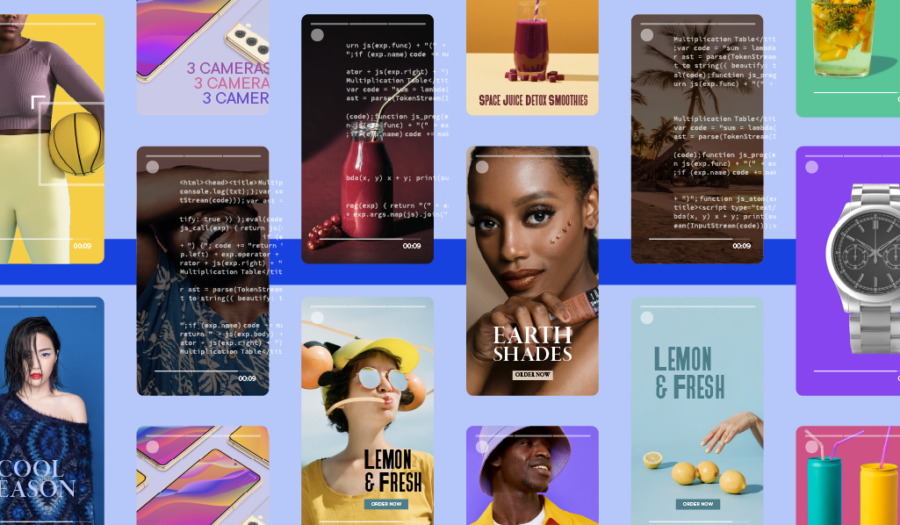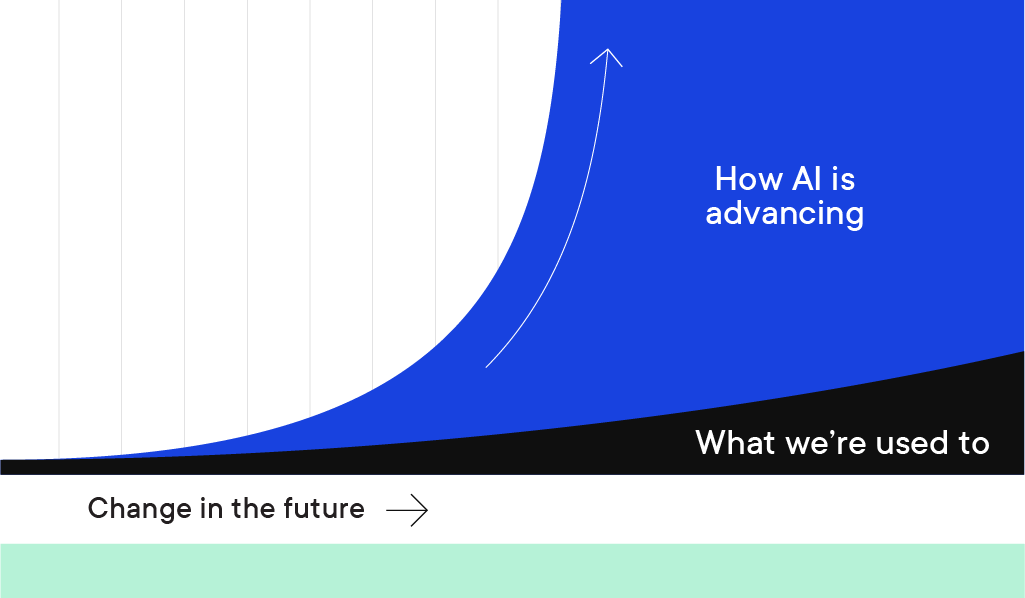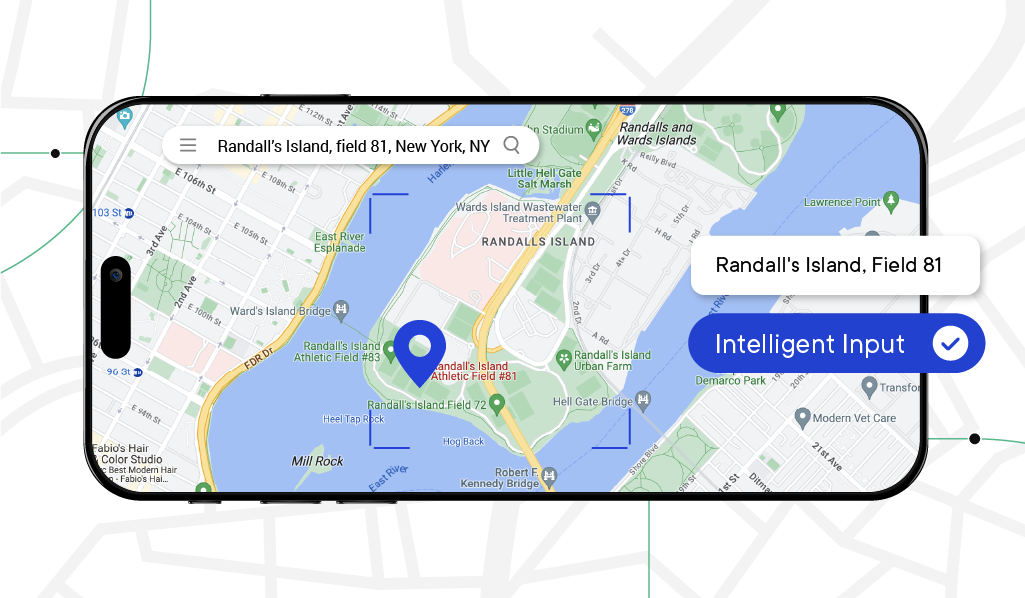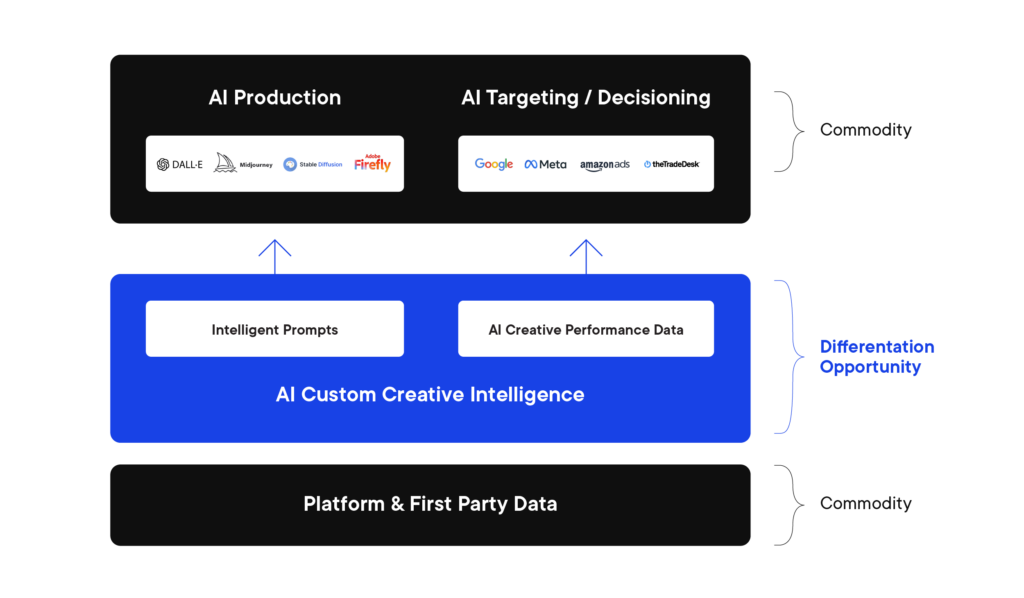The Prompt is the Creative

We’ve spent our whole lives with Moore’s Law as the guiding force behind technological progress. If you had a computer, a phone, an iPod, or anything with microchips, you could be rest assured that they would double in processing power and storage capacity every 18 months. Due to release cycles (eg. Apple’s release every September), we’ve generally experienced this as the products we use and love getting twice as good every 2 years.

But AI is on a different trajectory. According to OpenAI, AI computing is doubling every 3.4 months. That’s 2x at 3.4 months, 4x at 6.8 months, 8x at 10.2 months, 16x at 13.6, and 32x at 17.2 months, etc. For simplicity’s sake, let’s just call it 20x faster than Moore’s Law, aka the dominant frame in our lives, and the pace at which we naturally expect things to develop in the months and years ahead. Put simply, it is very unlikely that anyone reading this is prepared for the pace of change in the very near future.
There may be no industry that will be more impacted by AI in the near term than marketing. But understanding which exciting new AI tools will be quickly commoditized, and which will be long-standing sources of competitive advantage is key to the future success of your company.
The Input is What Matters
I’ve found that navigation software is a helpful analogy to understand this point. For those of us who have ever used an atlas for directions or printed out MapQuest results before going on a trip, the invention of Google Maps has been an absolute revelation. But it’s not a competitive advantage, because every one of the multiple billion people with smartphones has access to it as well. Or Waze. Or Apple Maps. They’re essentially all just as good as the others. As amazing as they are, they are commodities. But the input matters incredibly. If my wife and I are taking separate cars to one of our kids’ soccer games and I type “New York” into Google Maps, and she types “Randall’s Island, field 81, New York, NY”, one of us is going to get to the game and the other will be a bad parent. We both used the same technology. But we had two very different results. One of us had a more intelligent input.

The Edges will be Commoditized
It’s easy to dismiss Generative AI for production today. For high-end marketers, it is not ready for primetime. And it is especially not ready with more complex formats like video. But remember the point from above about the pace of advancement. At 20x the speed of Moore’s Law, we are not years away. Within 2 years, all marketers will have access to their pick of generative AI tools that will enable them to create anything they want, instantly. Much like Google Maps, Waze and Apple Maps, people will have favorites, and some will use them all. But the use of these tools, in their own right, will not be a competitive advantage. Remember, strategy is defined as future competitive advantage. So, if that’s your tech team’s AI strategy, you probably need a new tech team.
What will be an advantage, is what you put into them. In effect, the prompt will be the creative. Nielsen Catalina has found that creative has a 47% sales contribution – the second largest factor after the size of the brand and nearly 10x the contribution of investments in targeting and audience segmentation. Given this, the ability to surface intelligent, performance-driven inputs that lead to more performant creative output will turn commodity tools into defendable sources of competitive advantage for marketers who make the right data infrastructure decisions today.
A similar dynamic is beginning in media targeting. AI is already playing a major role in automated decisioning on the walled gardens. Today, this is most impactful on Google and Meta, but the benefits will spread. Soon, AI-based targeting will democratize this part of the value chain as well, leaving the ad creative to carry the load of differentiation. Meta seems to be already preparing the marketing community for this reality, with their new oft-repeated tagline, “Creative is the New Targeting”. But here also, inputs will have a role to play. AI is enabling marketers to generate predictive scores for each piece of content, informing the likeliness of its success by platform, format, audience and more. These data can be used as prompts for AI-based media decisioning, ensuring dollars are allocated most intelligently. Here again, the edge will be commoditized, but intelligent inputs offer a path to sustainable differentiation.

The AI Future is Now
For marketers, preparing for the future of technology is typically hard for two reasons. First, today’s problems almost always take precedence over those of tomorrow. And second, the future paradigm is usually far enough away that it feels safe to ignore it for just a little longer. Neither of these apply in this instance.
When it comes to today’s problems, we hear 3 consistently from Brands that are solved by the very same technology that will be needed to drive the intelligent prompts of tomorrow:
- Brand’s creative teams and agencies need access to better creative performance data so that they can learn what decisions drive business results, and improve.
- Their production teams need integrated scoring systems so that they can dramatically reduce waste (upwards of 80%) and ensure everything they make is designed for the platforms it will run on, follows brand learnings, and is crafted to perform with its intended audience.
- Their media teams need assets designed for the channels in the media plan, predictive creative performance data to help them spend more intelligently, and easy visibility into creative performance data so that they can boost spending behind the best-performing creative.
Those are real problems today. Can marketers solve them and ignore the coming AI revolution? I don’t think so. We have to remember the “20x faster than we’re used to” point from above. AI will completely disrupt marketing; not in 10 years or 5 years, but within the next 24 months. As that happens, there will be two types of companies; those that are prepared, and those that will be left behind. But since beginning to build the critical creative data infrastructure necessary to drive intelligent prompting of AI also solves the 3 material problems listed above today, thankfully there is no reason to wait. Many of the world’s top marketers are already on this path. I spoke with the brilliant Charisse Hughes from Kellanova at Advertising Week about exactly this last week. At Vidmob, we’re excited to release several case studies in the months ahead that will highlight the value impact leading brands like Kellanova are already experiencing today.
We can also help folks think through how to get started. As the adage goes about planting a tree, the first-best time to start working on this was years ago. The second-best time is today.





